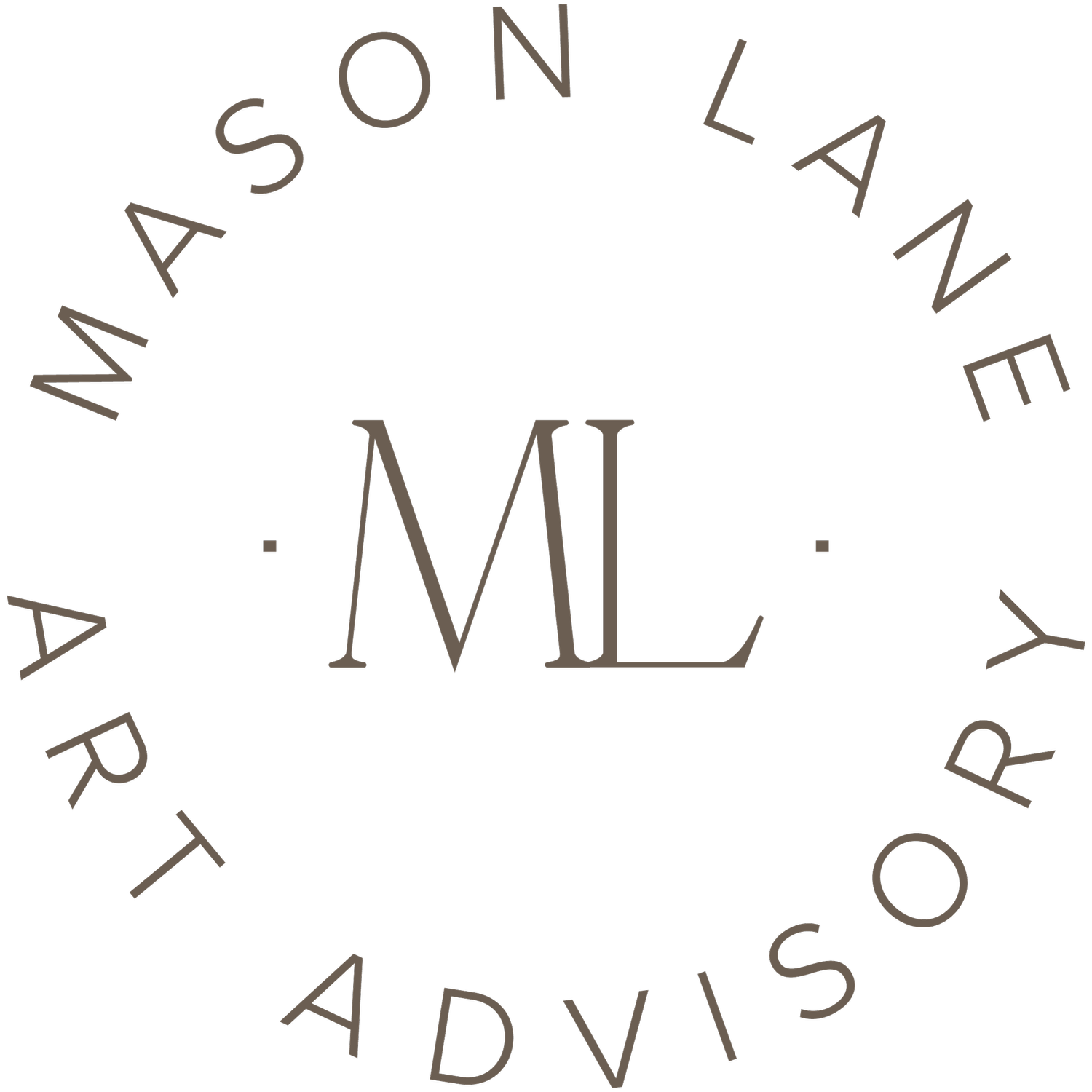Cost Drivers for Art
The price of art is definitely not entirely subjective. There are eight key cost drivers.
We look at these constantly when assessing value and supporting our clients in making wise acquisitions. Here's exactly what we look at, plus a basic rule about the photography pricing.
The Eight Cost Drivers:
1 | Content
How different is the art from anything you have seen before? Art that looks like something you’ve seen countless times before will be priced relatively lower. Art that feels entirely unique and captivating, will be priced relatively higher.
2 | Gallery representation
Just like in business, the CEO of a company matters and is a major reason why people invest or not. Artists represented by reputable galleries with a proven track record of leveraging artists carers and exposing them to broad, international markets, will command relatively higher prices.
3 | Exposure
Artists that have a more robust training and exhibition history, especially with reputable galleries, at fairs and residencies, and within museums, will command relatively higher prices. Solo shows, and how they are received, are particularly important in driving an artist market forward.
4 | Press
Recognition from reputable industry press outlets like ArtForum, Hyperallergic, The New York Times and more drives artist pricing up.
5 | Institutional support
This is synonymous with “acquisitions by important public institutions, like museums, and private corporate collections”. These types of acquisitions serve as validation for an artists’ practice, career, and role in the canon of art history. They will drive artwork pricing up.
6 | Size and medium
Paintings tend to command the highest prices, and works on paper, prints (including photography), and mixed media works follow. The larger the work in each medium, the higher the price.
7 | Operational costs for showing art
This is a huge cost driver that is rarely discussed but is so important as many galleries around the globe are struggling.
8 | Supply and demand
Art that is higher in demand and lower in supply will command a higher price (as will anything). Demand is also pushed forward by all of the factors above, and once key tastemakers (like museum curators) endorse an artist, a tipping point in demand is passed and gallerists need to pick and choose who is first in line for the next purchase.
And finally, a note about photography: Because we now all have a camera on hand, in our smartphones at all times, and because most photographs are editioned, some people struggle to understand the rationality behind pricing for fine art photography.
Hopefully this helps: photography tends to be less expensive than painting because it can be produced in multiples. That said, photographers go to the same expensive and prestigious art schools as artists of other media. Professional fine art photographers produce work with a kind of backbone and intrigue that non professionals cannot imitate. These photographers generally have a ton of equipment and travel costs associated with their practice. For this reason, relatively steep price tags associated with photography can be entirely reasonable. It is important to buy fine art photography from a reputable source, particularly to ensure that edition sizes are honored.
We hope this is a helpful overview and are happy to hear feedback and answer questions on the topic!

